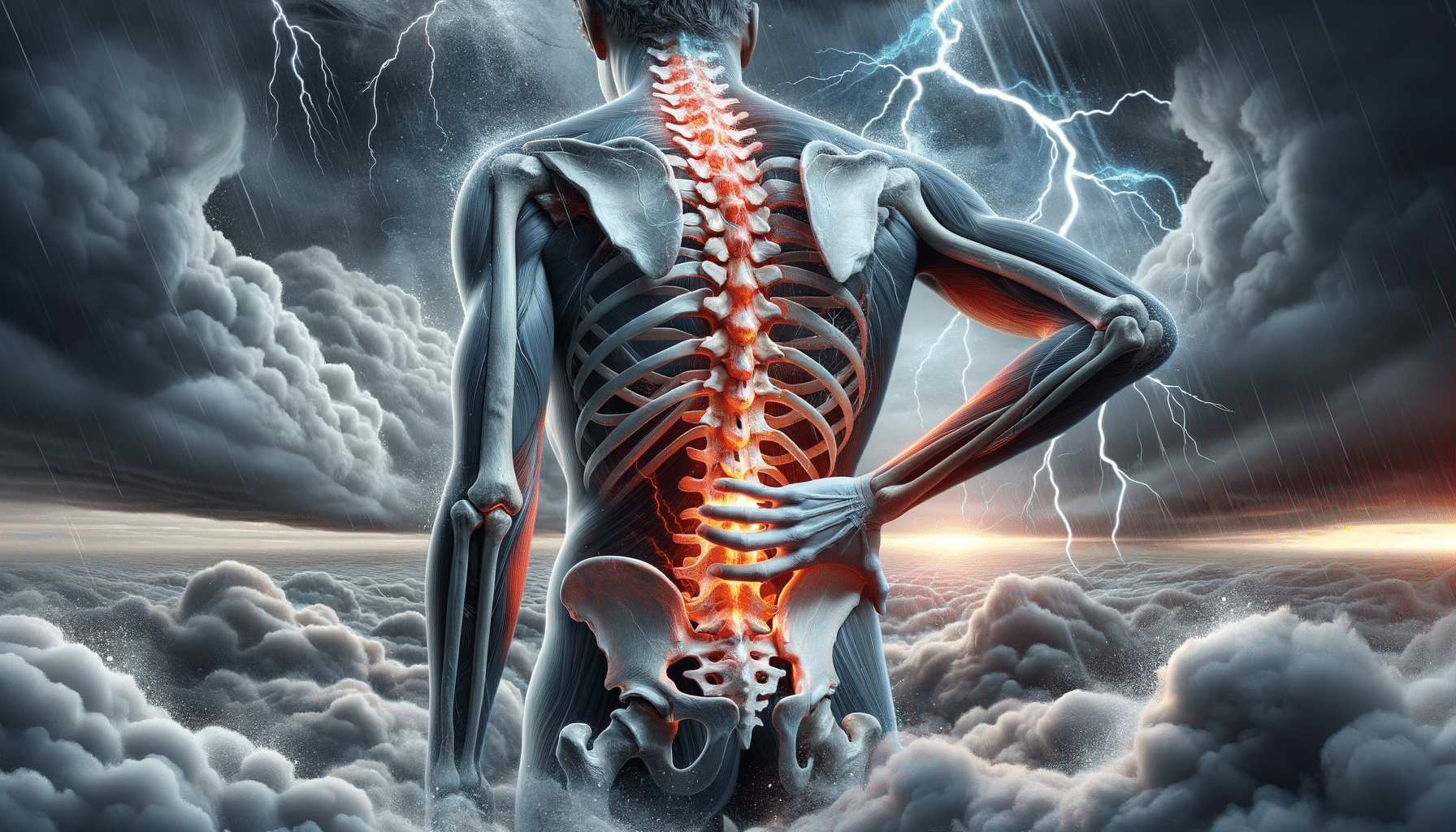
Understanding and Managing Back Pain
Introduction to Back Pain
Back pain is a prevalent condition that affects millions of people worldwide. It can range from a mild discomfort to a debilitating condition that impacts daily life. Understanding the causes, symptoms, and management strategies for back pain is essential for improving one’s quality of life. This article delves into various aspects of back pain, providing insights into its causes, preventive measures, and treatment options.
Causes of Back Pain
Back pain can stem from a variety of causes, making it a complex condition to diagnose and treat. Common causes include muscle strain, herniated discs, and degenerative diseases. Muscle strain often occurs due to improper lifting techniques or sudden movements, leading to acute pain. Herniated discs, on the other hand, involve the displacement of the cushioning discs between the vertebrae, causing nerve compression and pain.
Degenerative diseases such as osteoarthritis can also contribute to back pain. These conditions lead to the gradual deterioration of cartilage, resulting in inflammation and discomfort. Additionally, lifestyle factors like poor posture, obesity, and lack of exercise can exacerbate the risk of developing back pain.
Understanding these causes is crucial for effective management and prevention. By identifying the root cause, individuals can take appropriate measures to alleviate their symptoms and prevent future occurrences.
Symptoms and Diagnosis
The symptoms of back pain can vary widely depending on the underlying cause. Common symptoms include a dull ache, sharp pain, or a burning sensation in the back. In some cases, the pain may radiate to other areas, such as the legs or arms, indicating nerve involvement.
Diagnosis of back pain typically involves a thorough medical history and physical examination. Healthcare providers may also use imaging techniques like X-rays, MRI, or CT scans to identify structural abnormalities. These diagnostic tools help pinpoint the exact cause of pain, allowing for more targeted treatment approaches.
Timely diagnosis is essential for managing back pain effectively. Early intervention can prevent the progression of symptoms and improve the overall prognosis.
Management and Treatment Options
Treating back pain involves a combination of approaches tailored to the individual’s specific condition. Non-invasive treatments are often the first line of defense and may include physical therapy, exercise, and pain management techniques. Physical therapy focuses on strengthening the muscles supporting the spine, improving flexibility, and reducing pain.
In some cases, medication may be prescribed to alleviate pain and inflammation. Over-the-counter options like nonsteroidal anti-inflammatory drugs (NSAIDs) can provide relief for mild to moderate pain. For more severe cases, prescription medications or injections may be necessary.
Surgical intervention is considered a last resort and is typically reserved for cases where conservative treatments have failed. Surgery may involve procedures like spinal fusion or discectomy to address structural issues.
Choosing the right treatment plan requires a comprehensive understanding of the individual’s condition and preferences. Collaboration with healthcare professionals ensures a holistic approach to managing back pain.
Preventive Measures and Lifestyle Changes
Prevention is a key component in managing back pain. Adopting healthy lifestyle habits can significantly reduce the risk of developing back pain. Regular exercise, particularly activities that strengthen the core muscles, can provide essential support to the spine.
Maintaining a healthy weight is also crucial, as excess weight can strain the back and contribute to pain. Proper posture and ergonomics in daily activities, such as sitting at a desk or lifting objects, can prevent unnecessary strain on the back.
Incorporating these preventive measures into daily routines can lead to long-term benefits and reduce the likelihood of experiencing back pain. By taking proactive steps, individuals can enjoy a more active and pain-free lifestyle.
Conclusion: Navigating Life with Back Pain
Back pain is a multifaceted condition that requires a comprehensive approach to management and prevention. By understanding its causes, symptoms, and treatment options, individuals can take control of their health and improve their quality of life. Whether through lifestyle changes, medical interventions, or preventive measures, there are numerous strategies to address back pain effectively. Embracing these approaches can lead to a healthier, more active life, free from the limitations of back pain.


